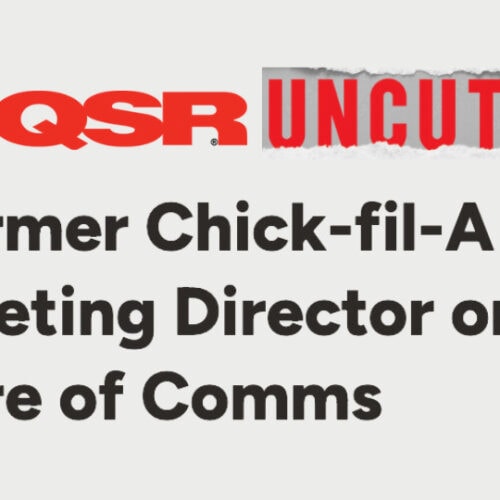Pitching a food publication can be tricky. Any type of pitching poses a challenge due to the high volume of pitches that editors receive daily, but food publications can be particularly competitive. Here are five tips to help you craft your pitch so that it stands out among the plethora of food and restaurant pitches that flood an editor’s inbox every day:
1. Conduct thorough research
Good writing requires good research. Good research requires not only looking into a publication’s guidelines (which are extremely important and must be followed as closely as possible to ensure a successful pitch) but also the specific topics covered by the publication and the way in which it covers them. Look into a publication’s archive so that you can make sure your pitch will fit in with the publication’s recently-covered content. Editors review pitches all day long – keep your topic relevant by conducting good research.
2. Understand the publication’s voice
What is the voice of the publication? Is it serious and detail-oriented? Fun and quirky? Topical and snappy? Acknowledge this voice and draft your pitch in response to it. It is essential to understand the publication’s audience and to position your pitch in a way that assures the editor that their readers will be engaged by your topic. If you’re pitching Spoon University, you’ll want to construct your pitch differently than you would for Nation’s Restaurant News.
3. Personalize the pitch
You should always address your contact by name when that information is available to you. Unless the publication is very specialized as a whole, it is likely that you will need to find the contact who writes about the specific topic you are pitching (for example, if your client is a restaurant and you want to pitch a happy hour special, you’ll want to make sure you aren’t pitching someone who writes a cooking blog for parents). In addition, be sure to include a relevant, informative subject line in your pitch (Ex: “New Columbus-based Chain Shaking Up the Fast Casual Scene”).
4. Take pride in your pitch
Your goal as a pitcher should be to turn your interesting client or topic into a must-read story. Put time into your pitch, check for grammatical or spelling errors and have it proofed by two separate colleagues. Details are extremely important. If you’re pitching a restaurant to multiple regions, for example, you’ll have to make sure any region-specific logistical information (such as hours of operation or an address) is accurate.
5. Keep it short and sweet
You should be able to include a one-sentence synopsis at the beginning of your pitch. Include links that will allow the editor to access more information on your client/topic if they so desire. It can also be appropriate to include photos of the product or venue depending on the client and type of publication you are pitching. If you are pitching a promotion or new store and have some attractive photos of the food or venue these can be quite effective. Consider creating a link to images to keep the file size reasonable.
Food publications can create great opportunities to get creative with your pitch and effectively reach your target audience. Be sure to conduct your research, adopt an appropriate voice, proof for errors and above all else, stay close to your angle and avoid getting too broad in order to keep your pitch unique.




